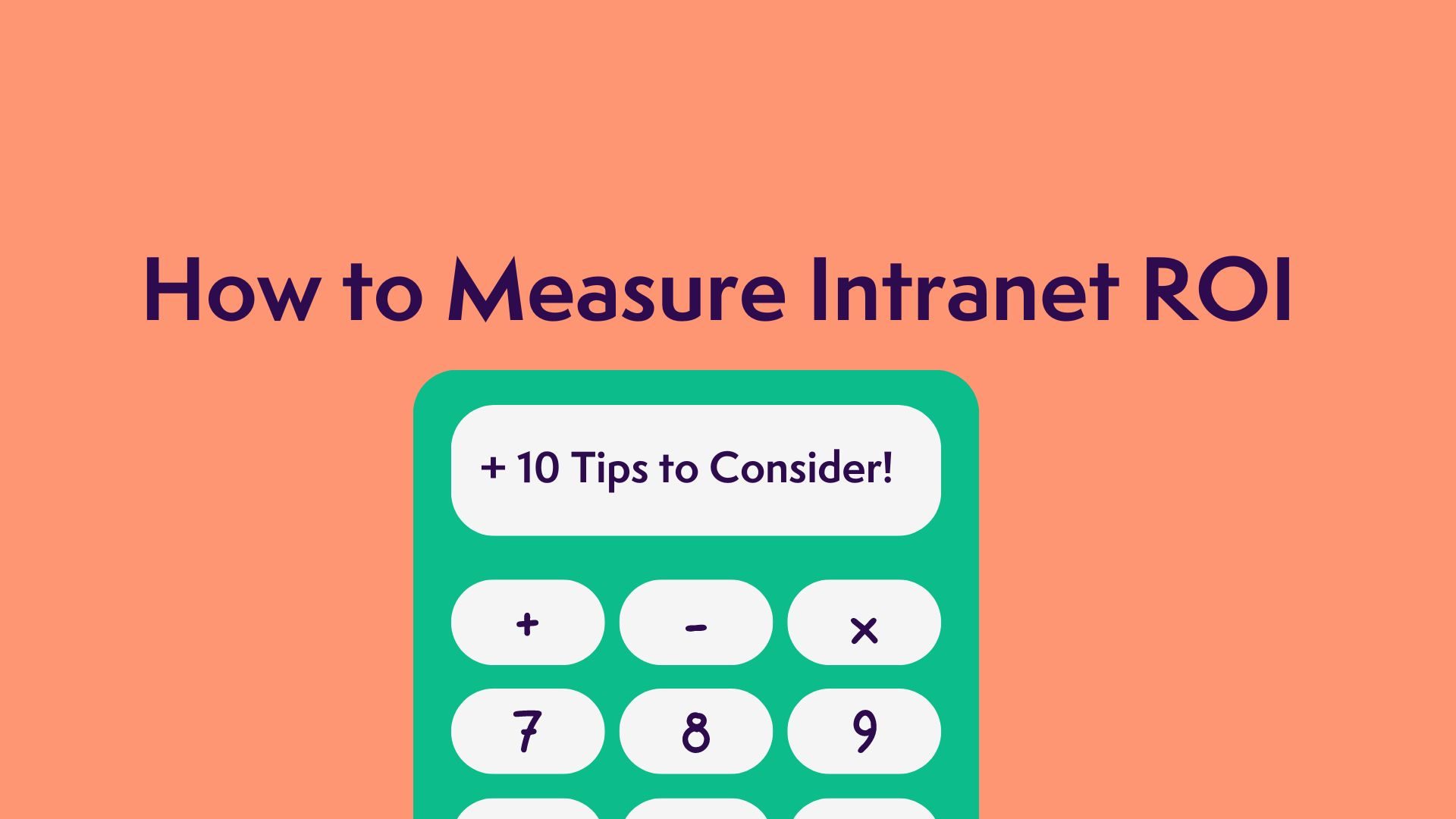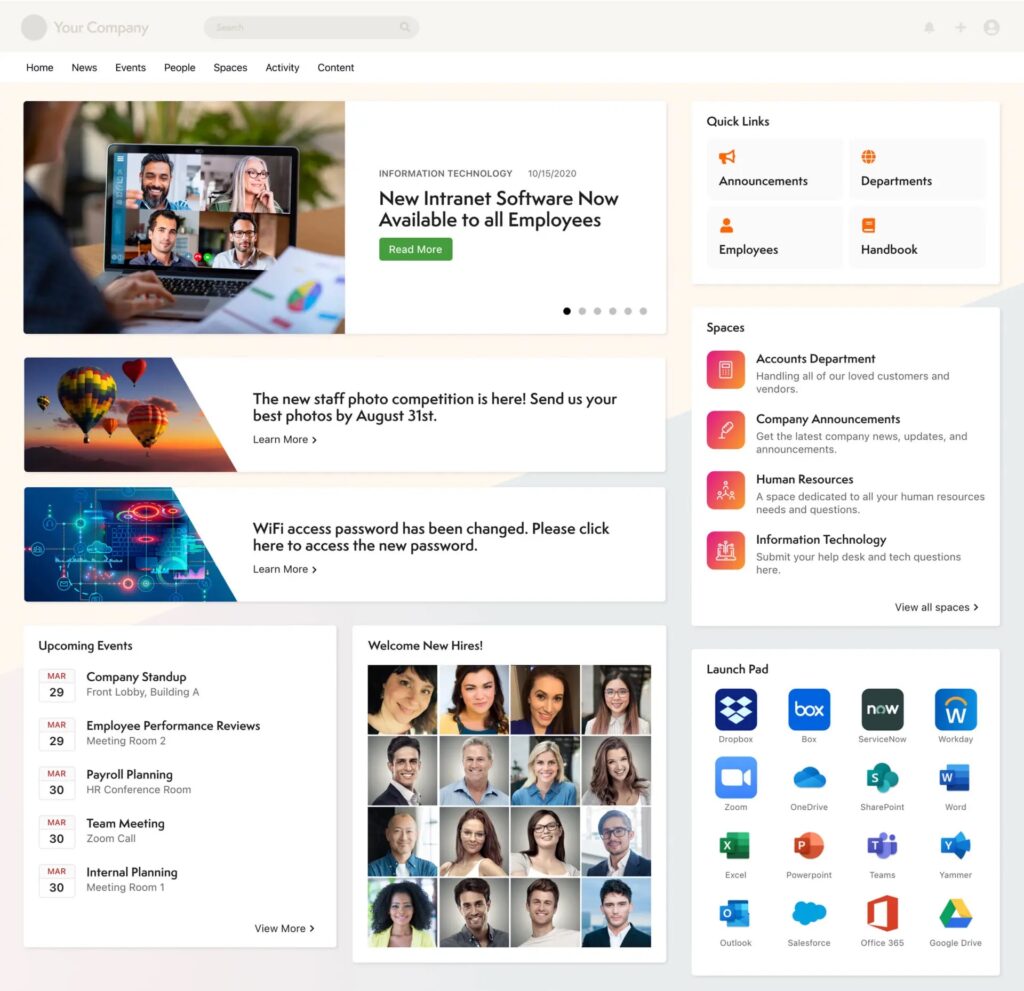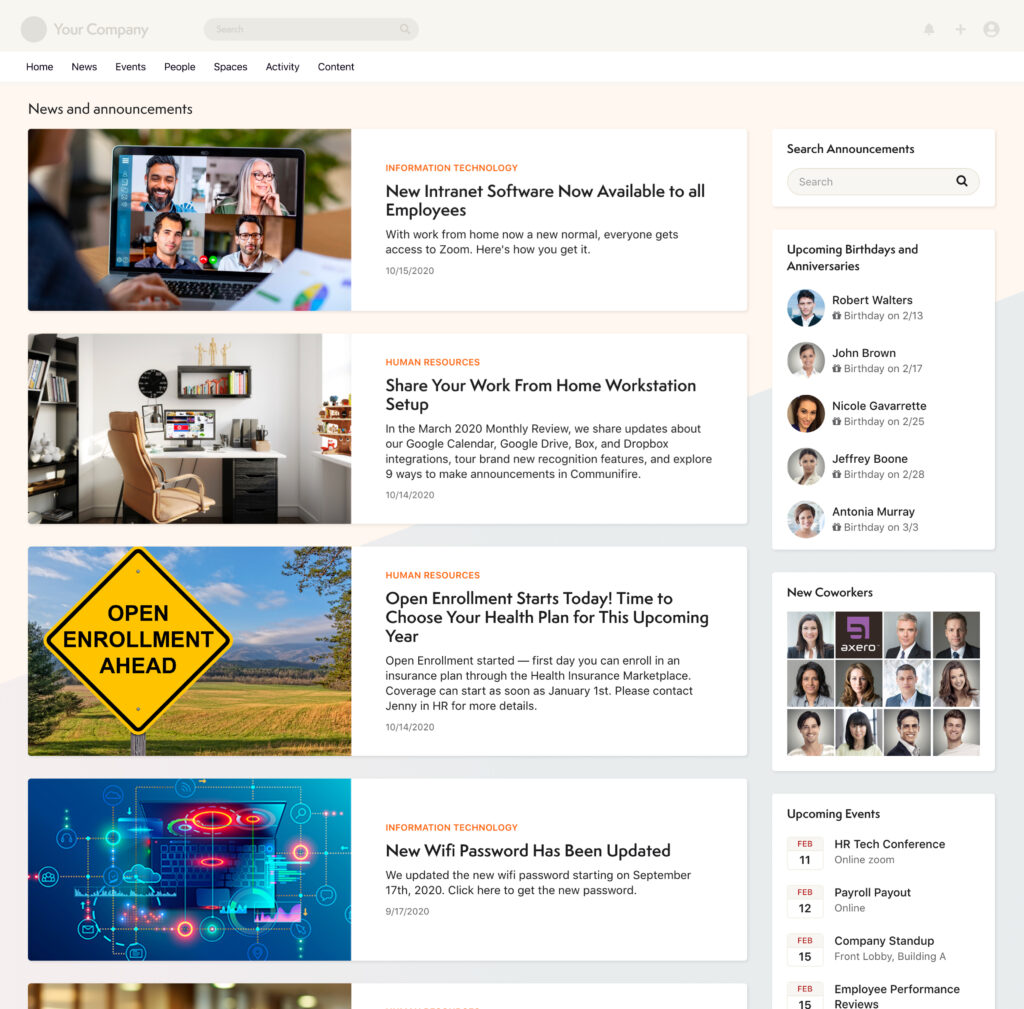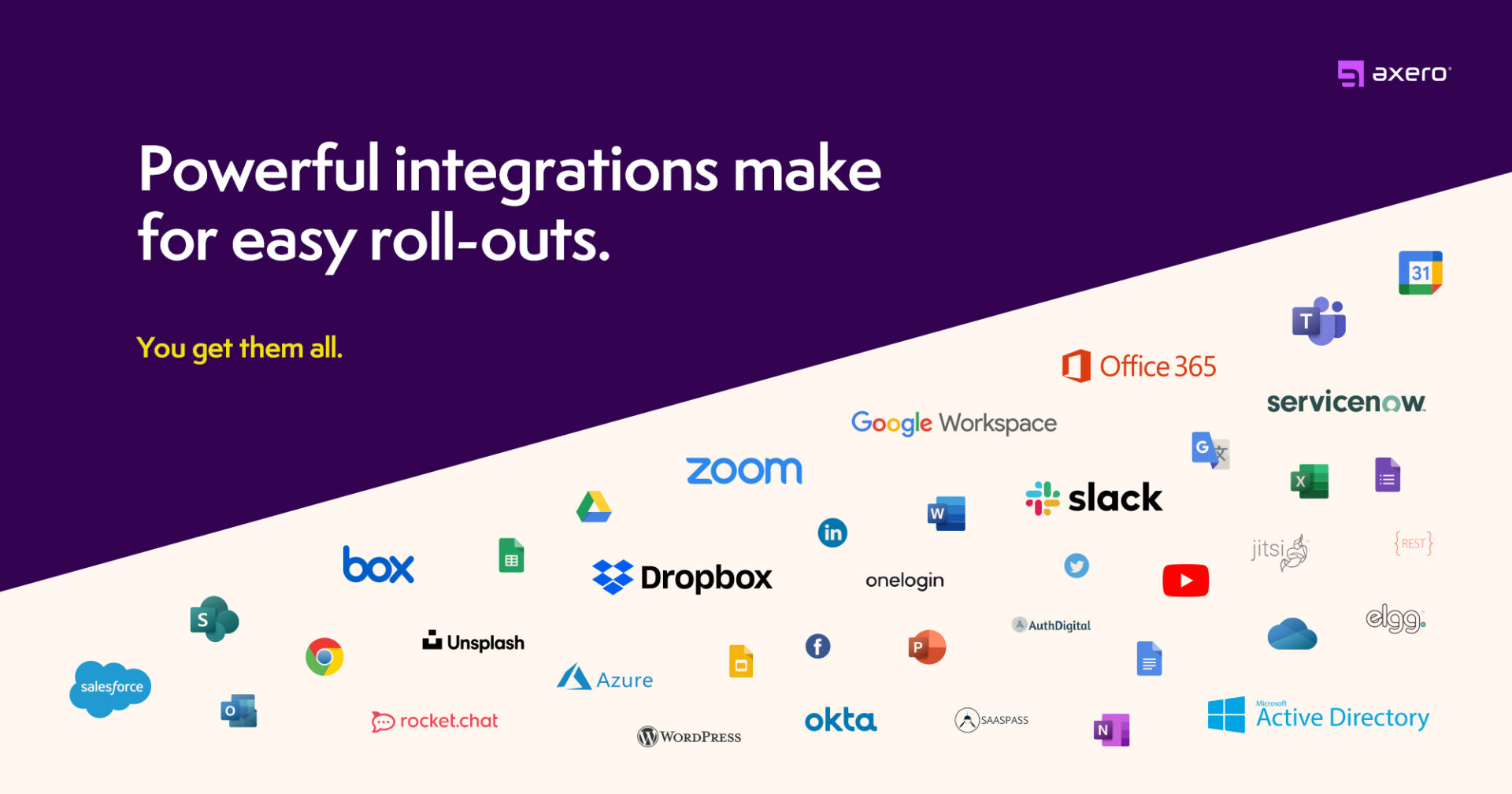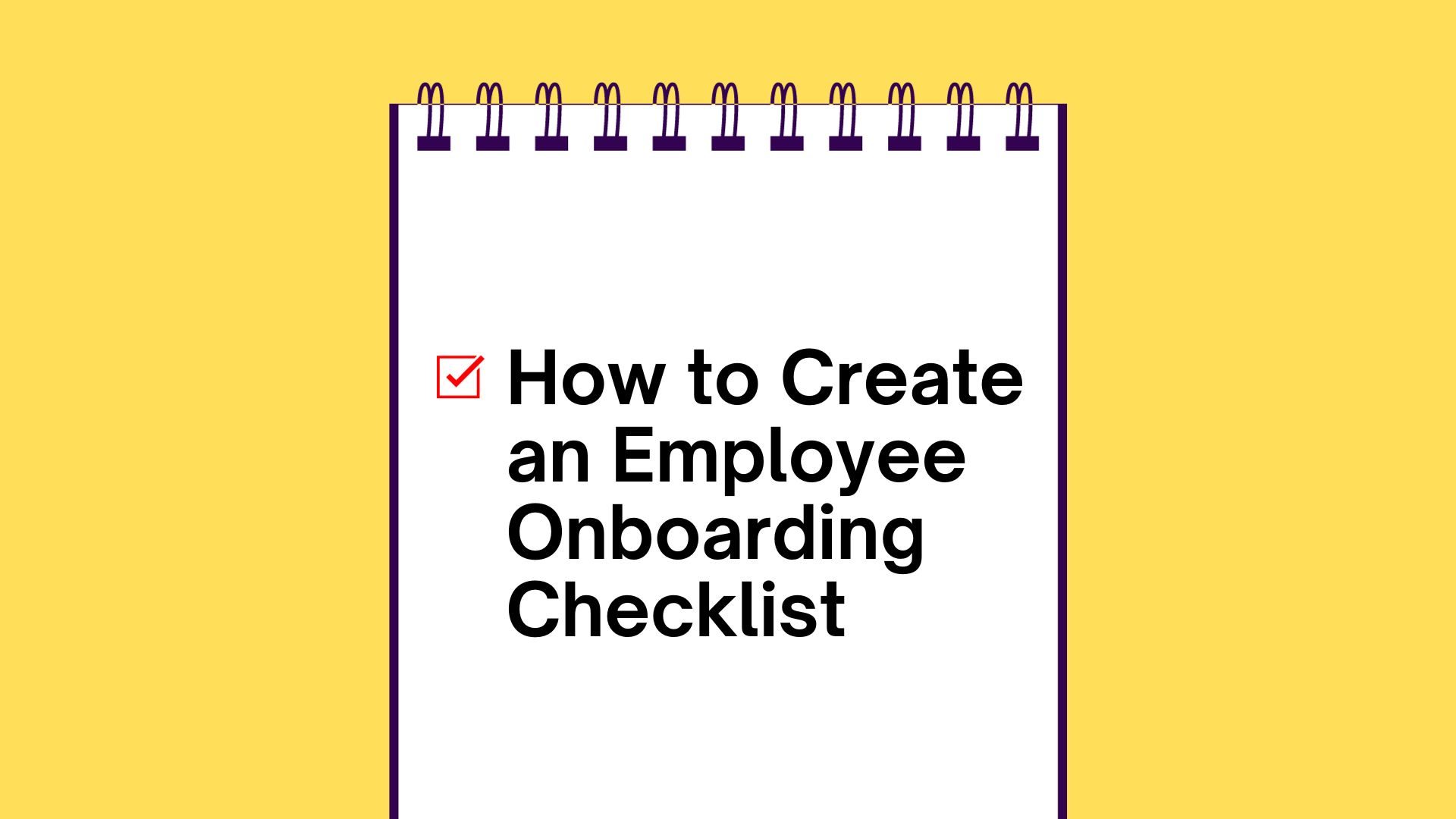
These are just some of the many considerations that go into selecting an intranet. But one question typically asked by higher-ups is:
What makes the intranet ROI a sometimes difficult number to determine is that many organizations use the intranet for many different needs. We usually start by asking people evaluating solutions what they are using their intranet for.
Is it…
- Intranet software?
- Internal communications?
- Knowledge management?
- Team collaboration?
- Workplace culture?
The use case(s) will determine what the intranet ROI looks like—and if you can even quantify its value into a number. If the goal is to improve company culture, for instance, we can take into account the impact the tool will have on employee experience and retention.
But if the goal is to enhance collaboration and productivity, the intranet ROI will take into account the number of hours searched for information, total user count, the cost per person, among others. This use case is easier to sum into a number, which you can plug in to Axero’s Intranet ROI Calculator.
Once you narrow down why you are implementing an intranet in the first place and what benefits matter most to your organization, it will help you get an accurate determination of what your intranet ROI can be.
If you need to figure out where to start, there are high level factors you should consider regardless of your use case. Let’s take a look at what those 10 factors are to examine your intranet ROI.
Table of Contents
1. What built-in features does your intranet have?
A key place to look at the intranet ROI is to understand what features your intranet has and how they streamline internal processes. Productivity takes on many forms so if you can pinpoint how your intranet helps employees work more efficiently, you will also determine how valuable it is.
When looking at what your intranet has—and doesn’t have—here’s a breakdown of essential intranet features that brings the most value to employees:
Internal Communications
1. Publishing and content creation tools – The ability to create and deliver different types of messages, announcements, and company documents. The goal is to rely less on email and reach your employees where they will see important content and take action.
2. Targeted communications – It’s all about making sure teams receive information relevant to them. If you can create private spaces for sensitive topics and segment messages out to different teams, departments, or boards, you will eliminate unnecessary noise so everyone can focus on what’s important to them.
3. Notifications – Notifications alert users about relevant activity without interrupting their work. It’s a small but powerful tool that sends quick updates and keeps everyone on track.
4. Chat – Talk like you’re in the same room. When team members can communicate directly to the people they need, they can get more done and work more effectively.
5. Social tools – A quick and interactive way to let others know that you have eyes on content and updates. Likes, comments, and emojis are easy ways to interact with communications.
Knowledge Management
1. Document storage – Your single source of truth for information. With an easy-to-use document management system with corporate wikis and knowledge bases, employees can quickly upload files, share documents, and locate what they need in one place.
2. Federated search – The ability to search for anything. Granular filters, tags, and a search that pulls content from other systems are all part of a search that saves time when looking for a file.
3. Permissions and governance – Keep private content, projects, and conversations private. With permissions and roles, you can control who has access to confidential information and places in your intranet.
Collaboration
1. Workspaces – Digital workspaces where teams co-collaborate, read relevant announcements and messages and find files. It is your centralized hub for everything pertinent to departments, boards, and teams.
2. Intranet/Extranet Hybrid – Create spaces for people outside of your organization, like customers, partners, or volunteers, to connect with your team and find the resources they need.
3. Workflows – Set up a series of moderated steps so projects stay on track. With a structured approval system, managers can seamlessly delegate tasks, while your intranet gives visibility into its progress.
4. Cases – Employees or customers can submit private tickets directly to your team, while its progress is tracked to completion in your intranet.
5. Ideation, polls, and surveys – A quick way to tap into the minds of your workforce and move projects forward. Ask a question to groups in your intranet or open it to the entire company.
When reviewing your intranet, ask yourself, “Does the intranet support core business objectives and do the features drive these goals?” That will be your guide to understanding your intranet ROI.
2. Are people using your intranet?
Many times, user adoption is a key concern for organizations considering any new platform—and with good reason. According to a study by 1E, US companies wasted $30 billion on rarely used or unused software over the span of four years.
What differentiates intranet software from the others is that with the right features and user interface, it centralizes two components pivotal for every organization: internal communication and knowledge sharing.
When an intranet is doing its job, it becomes the gateway for your employees to access everything pertinent to their work. So in theory, everyone should be logging in throughout the week—which is a key metric tied to your intranet ROI.
To understand engagement, adoption and how much time—or little time—spent in your intranet, we look at a couple analytics:
How much time employees spend finding information. Sometimes, if teams spend less time on the intranet that is a positive sign that they can find what they need and move on with their tasks.
The amount of content published. What are you using your intranet for and how often? Built-in content and distribution statistics can help you gauge content activity in your intranet.
The number of interactions with content, such as likes and comments. Are people plugged in and interacting with content?
Sentiment ratings. How do your people feel about information shared on your intranet?
Audience Overview analytics. How many people out of your user base are actively logging in on a daily and weekly basis?
Answers to these questions give you an idea of how active your community is and if your intranet is accomplishing your goals. User behavior and overall activity are imperative factors for your intranet ROI.
3. Does your intranet align with company goals?
Your intranet ROI and strategy go hand in hand. We briefly discussed the importance of identifying a clear objective for your intranet, but now it’s time to set clear expectations.
Map out what your goals are. Is centralizing information and reducing emails a priority? Are you trying to combat employee turnover? Are you trying to boost morale and transform culture? Map out your initiatives and how you envision your intranet to accomplish your goals. Some vendors offer client success support to ensure you are using your intranet effectively. You can also conduct check-in surveys with employees to see if these priorities are improving. Set clear objectives and make sure your intranet is set up to meet them. This is a great indicator of what your intranet ROI looks like.
4. How engaged are your employees?
Strong employee engagement translates into stronger productivity, customer experience, and company reputation—which catches the attention of talent you want to hire. When engagement is weak, employee retention is also likely low, which can have expensive impacts.
It costs at least $4,000 to onboard a new hire. This doesn’t take into account the time it takes to properly train a new employee, and the additional time a new employee needs to get the swing of things. If your teams are engaged and happy, you’ll likely retain top talent save on hiring costs and resources.
That’s where an intranet can help. By streamlining daily processes, making information readily available, and opening two-way communication between higher ups and employees, you improve the employee experience, which makes happy and lasting teams.
Another benchmark for your intranet ROI is powerful built-in analytics, which helps you measure engagement throughout your entire intranet. Content statistics, audience overviews, search metrics, and interactions with posts give you visibility into what’s being used and how often.
Get a picture of what engagement looks like in your organization. Your intranet should drive a positive employee experience, which has rippling effects by reducing employee turnover and improving the company culture you want to instill.
5. Can you efficiently onboard new employees?
Speaking of new hires, the time will come to welcome new people into your organization regardless of your high employee retention. The ability to centralize forms, training videos, and policies and procedures sets a uniform employee onboarding experience for every new person that joins your business.
When intranets are effectively used, organization’s can decrease the employee onboarding time by an average of 20%, according to Forrester. This not only alleviates internal resources, but also quickly aligns your new team members to processes, company culture, and sets them up for success.
6. How relevant is your content?
Relevancy is key. According to McKinsey, the average worker spends 20% of the workweek tracking down information and people to find answers. Imagine what productivity would look like if finding information was easier?
That’s why the ability to eliminate clutter and wasted time is a huge intranet ROI. With targeted communications and dedicated workspaces, you have full control over who you’re sending communications to and where they will receive it. By moving messages and information into appropriate places, you send less emails—and also reduce 28% of the workweek employees spend sifting through inboxes.
Another powerful intranet ROI is having relevant spaces for key team players to collaborate and view mission-critical documents. Intranet governance empowers you to create confidential spaces for specific people. By giving your directors, higher ups, and departments a secure and private platform to move initiatives forward, you ensure the right eyes are on the right projects.
7. Has your organizational efficiency improved?

The key to increasing efficiency for any goal you set is making sure teams have an easy and organic way to collaborate. Just ask Cisco—when they implemented new collaboration tools and internal processes for their 80,000 employees, they saw a 9x return on investment.
What were the key factors that drove this surge in productivity? The technology, of course, but also prioritizing its people. It wasn’t enough to dump new technology onto everyone’s desks and hope for the best. Aligning people to uniform processes in conjunction with enhanced collaboration allowed Cisco to transform its business on a global scale.
Take notice of what collaboration looked like before your intranet and what it looks like today. If you approach your goals with collaboration and people at the forefront, you will make the most out of your intranet ROI.
8. What is the satisfaction level?
Want to figure out what the ROI of your intranet is? Ask your employees. With polls and surveys, you can get a true pulse check for how your employees are doing and what intranet advantages they find most valuable.
Find out what features they love and why. Get insight into tools or integrations they wish they had. We often find that Axero already has the capabilities to accomplish a goal, the client just needs to pinpoint what they’re looking for.
9. Is your intranet easy to manage?
For some platforms with too much flexibility, implementation and upkeep isn’t easy. For software like SharePoint, for example, the costs start with licenses. Consultants, implementation support, logistical help, customization services, and training are some of the added expenses to keep a platform like this running—and very quickly, thousands of dollars has been tacked on to the original investment you thought you were making. When there are hidden costs, there are hidden burdens.
An intranet that is easy to customize and manage is a massive intranet ROI. You want a platform that functions how you want, looks how you want, and does not require additional overhead to manage. The ability to own your intranet in-house, while easy-to-use for all of your users makes for a sound investment into your organization’s future.
10. What does innovation look like?
Intranet technology is constantly evolving. New integrations, new customization features, and new ways for employees to share and receive information should be part of the experience with your intranet vendor.
Some vendors do annual or quarterly product releases. Others (like Axero!) do monthly enhancements. Something to consider for ROI is continual access to the market’s latest tools. If your intranet provider schedules frequent product updates, you ensure that your teams are relying on a platform that will evolve with your organization and be a valuable homebase for years to come.
In conclusion.
Ascribing a value, whether monetary or non-monetary, is key to measuring your intranet ROI. It will help you determine if you are meeting your objectives and if the investment is paying off.
When you’re ready, Axero’s Intranet ROI Calculator will help you get a fixed benchmark of your potential ROI. This way, you hold your investment accountable and always have a standard to measure the value of your intranet.

